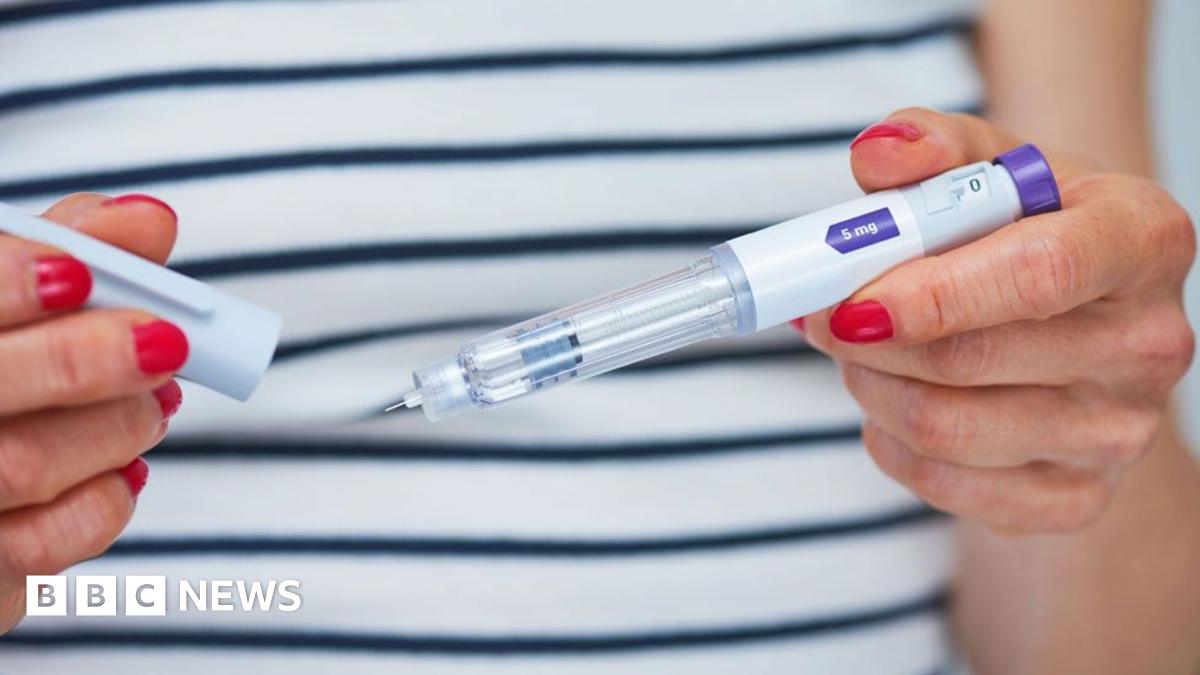Revolutionizing Type 2 Diabetes Treatment: A New Era of GLP-1 Agonists
In a dimly lit clinic in East London, Sarah Thompson, a 45-year-old mother of two, received news that could change her life. Having struggled with type 2 diabetes for nearly a decade, she entered the consultation room, her heart heavy with doubts. But when her doctor mentioned the new guidance recommending the use of GLP-1 agonists like semaglutide and liraglutide for individuals like her, a flicker of hope ignited within her. Sarah isn’t alone; around 750,000 more people with type 2 diabetes in England are expected to benefit from this transformative guidance.
A Shift in Diabetic Care
The newly proposed guidelines, currently in draft form awaiting public consultation, signify a pivotal moment in diabetes management. These medications, rich in growth hormone-like properties, have traditionally been used to control blood sugar levels. However, they have gained notoriety as popular adjuncts in weight-loss strategies, often referred to as “weight-loss jabs.” As the deputy chief executive and chief medical officer at NICE, Professor Jonathan Benger, noted: “This guidance means more people will be offered medicines, where it is right to do so, to reduce their future risk of ill health.”
Who Will Benefit?
- Adults with cardiovascular diseases
- Individuals diagnosed with type 2 diabetes before the age of 40
- Patients struggling to manage their blood sugar levels with conventional treatments
The implication is clear: these diabetes medications are now not just tools to control diabetes but also vital agents in preventing potential heart attacks and strokes. Research from the Diabetic Association of England indicates that patients using GLP-1 agonists have experienced a 30% reduction in cardiovascular events compared to those who did not use these medications.
Filling the Gaps in Healthcare
As health inequalities continue to plague the NHS, this updated treatment guideline seeks to bridge these gaps. The charity Diabetes UK declared that the new approach propelled type 2 diabetes treatments “into the 21st century.” Douglas Twenefour, head of clinical at the charity, emphasized, “These guidelines could go a long way to easing the burden of living with this relentless condition, as well as helping to address inequities in type 2 diabetes treatments and outcomes.”
Addressing the disproportionate impact of diabetes on marginalized communities is at the heart of this initiative. Studies indicate that lower socioeconomic groups are more likely to develop type 2 diabetes but receive inadequate treatment options. A report from the Institute for Health Equity revealed that individuals in deprived areas are 50% more likely to be diagnosed with diabetes than their affluent counterparts. The introduction of GLP-1 agonists aims to rectify that disparity.
Preventive Measures: A Long-Term Vision
The NHS’s long-term plan emphasizes preventive strategies in healthcare. The introduction of these drugs aligns with efforts to mitigate serious health complications before they arise. The guidelines mark not just a clinical shift but a cultural change in how healthcare systems perceive and treat chronic conditions. High-stakes areas such as cardiovascular health are now being prioritized at the onset of diabetes diagnosis.
Dr. Emily Craft, a researcher at the London School of Tropical Medicine, elaborated on this preventive focus, stating, “The proactive administration of these medications can have profound downstream effects, potentially reducing the incidence of not just diabetes but also its associated complications. It’s an investment in public health.”
The Broader Context
While the potential benefits of these guidelines are immense, questions regarding accessibility, affordability, and education remain. Critics argue that even with updated protocols, socio-economic factors could hinder the implementation of these life-altering drugs for those most in need. The stigma surrounding diabetes and the lack of awareness about these newer treatments continue to pose challenges. As highlighted in a recent survey, 68% of people with diabetes were unaware of GLP-1 agonists as a treatment option.
“We need to ensure that the information about these medications reaches everyone,” warned Dr. William Farris, a public health advocate based in Manchester. “Healthcare providers need to be equipped to educate their patients about emerging treatments.” Various stakeholders, including pharmaceutical companies and healthcare providers, have a role to play in this ongoing educational initiative.
Looking Ahead
As the public consultation process unfolds, the trajectory of diabetes treatment hangs in the balance. For Sarah Thompson and many others, the prospect of receiving comprehensive care tailored to their unique needs has never been more tangible. She left the clinic clutching her prescription and a renewed sense of optimism. For what felt like a relentless fight against diabetes, a glimmer of hope was breaking through the clouds.
In this evolving landscape of type 2 diabetes management, the promise of better health outcomes is now firmly on the horizon. The proposed guidelines herald a new narrative—a story of prevention, equity, and pioneering changes in the treatment of one of the most pressing health crises of our time.
Source: www.bbc.co.uk


